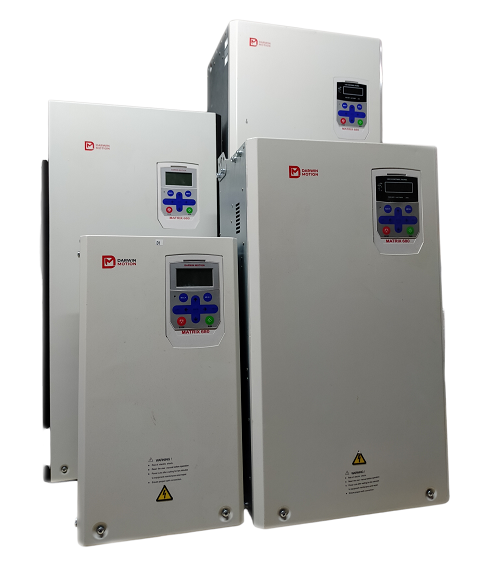Posted on 18th Apr 2025

Variable Frequency Drives (VFDs) have become a cornerstone in modern pump systems, transforming how industries manage fluid movement. By precisely controlling the speed of AC motors, VFDs deliver a host of benefits that go far beyond simple on/off operation.
What is a Variable Frequency Drive?
A Variable Frequency Drive is an electronic device that adjusts the frequency and voltage supplied to an AC motor, thereby controlling its speed and torque. In pump applications, this means you can match pump output exactly to system requirements, rather than running at full speed regardless of demand
Key Benefits of VFDs for Pumps
· Reduced Wear and Tear
By enabling soft starts and stops, VFDs minimize the mechanical stress on pump components. This reduces the risk of water hammer, lowers maintenance costs, and extends the lifespan of pumps, seals, and valves
· Improved Process Control
VFDs provide precise, real-time adjustment of flow and pressure. This level of control is essential in applications requiring consistency, such as water treatment, HVAC, and industrial processes
· Cavitation Prevention
Cavitation—caused by running pumps at inappropriate speeds—can damage components. VFDs help maintain optimal speeds, reducing the risk of cavitation and associated repairs
· Lower Operational Costs
Since energy consumption is the largest contributor to a pump’s lifetime cost, the efficiency gains from VFDs translate directly into financial savings
How VFDs Work with Pumps
A VFD modulates the electrical frequency and voltage sent to the pump motor. Sensors (such as level or pressure transducers) provide feedback, allowing the VFD to automatically adjust pump speed based on real-time system needs
. This eliminates the need for manual throttling or frequent start/stop cycles, both of which can be inefficient and damaging.
Common Applications
|
Application Area |
VFD Benefit |
|---|---|
|
Water & Wastewater |
Matches pump output to variable flow requirements |
|
HVAC Systems |
Controls chilled water circulation |
|
Industrial Processes |
Maintains precise flow and pressure |
|
Irrigation |
Adjusts to changing water demands |
|
Petroleum & Petrochemical |
Prevents tank overfill and environmental hazards |
Real-World Impact
Municipalities: Avoid costly overflows and regulatory fines by ensuring pumps run only as needed
Industry: Reduce downtime and maintenance, improving overall system reliability
Environment: Lower energy use means a smaller carbon footprint and reduced operational impact.
Conclusion
Integrating a Variable Frequency Drives for pumps system is a powerful way to boost efficiency, cut costs, and extend equipment life. Whether you’re managing a municipal water plant, an industrial facility, or an agricultural irrigation network, VFDs offer the flexibility and control needed to meet today’s demanding operational standards
If you’re considering upgrading your pump controls, consult with a VFD specialist to ensure optimal selection and integration for your specific application. The investment pays off in energy savings, reliability, and peace of mind.